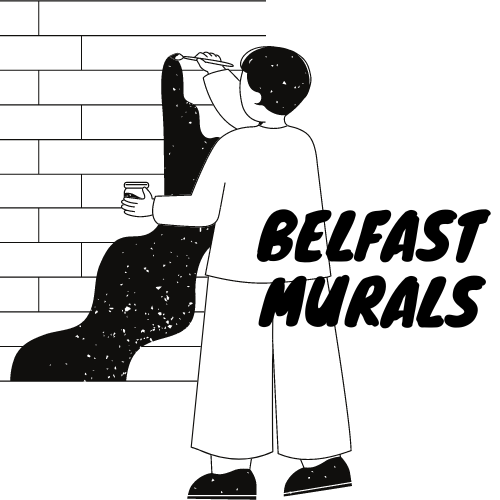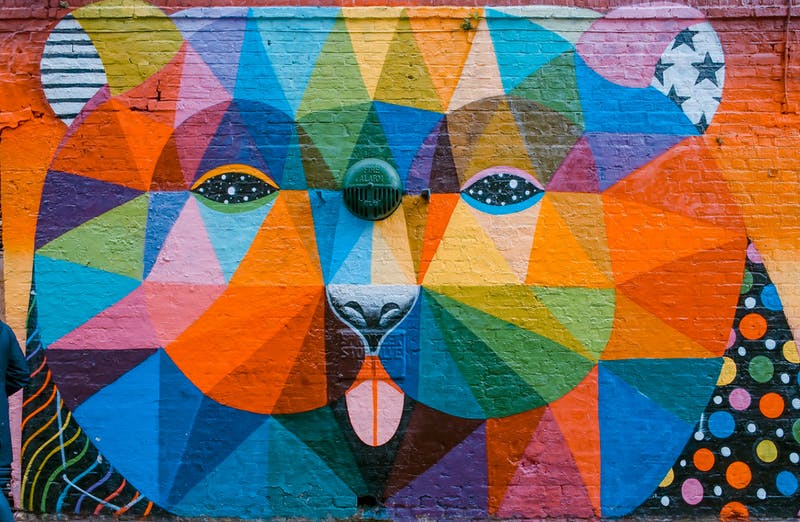It’s often said that street artists revitalize cities. These creative people don’t think that street art on canvas is enough. In each city, you can easily locate street art. Some are made by famous painters, while others are free presents from kind artists. Many people’s first thoughts when they encounter the term “street art” are of spray-painted murals or abstract paintings on walls. However, there is a far broader range of street art practices in existence today than that. Check out these seven samples of widely-seen street art seen in urban areas.
Sculpturing Guide
Artists showcase sculptures outside. Carving, sculpting, and casting are some ways to make sculpture. Sharp tools can cut stone, wood, and bone. Most of these sculptures depict historical figures, religious figures, or political figures. Street sculptures are public art. Usually, such a structure is built to beautify an undesirable area, honor a famous person or event, or motivate others.
Fascinating 3D Graffiti
It’s no secret that 3D wall painting is one of the most eye-catching types of street art around today. It gives the impression that the piece of art is suspended in the air. Artists have to put in a lot of time and practice to get their skills to the point where they can perform publicly. 3D wall graffiti has the ability to captivate viewers of all ages, increasing the worth of the artwork and the artists’ earnings.
Spray-painted murals
It’s become common practice for artists to employ spray paints while making pieces intended for public display. Murals, which are enormous artworks, often represent the artists’ abstract ideas. It makes the walls seem cooler, and it might make the painting look more realistic, too.
Posters

Poster art stands out from other visual mediums because of its focus on the tiniest of details. Posters have the ability to beautify public spaces in addition to serving their functional purpose as advertising and marketing tools. It’s similar in concept to graffiti, but it’s put in a whole new context and using entirely new materials. Graffiti is only meaningful in its immediate surroundings, however posters may be made in advance and posted elsewhere.
What Graffiti Really Means?
Even though some people may not see graffiti as art, it is still art. Some works of graffiti art do find their way into museums, proving that the genre is more than just a playground fad. Alec Monopoly and other graffiti artists have become household names in recent years. On the other hand, not everyone views graffiti as art, and the authorities often see it as vandalism.
The Origins and Development of Graffiti
Graffiti began appeared on New York City subways and buildings in the 1970s. Taggers were criminals and part of a violent street subculture in early graffiti. Graffiti boosted gangs’ image in the 1970s. In the early days of graffiti, “crews” of taggers painted subway carriages. In the 1970s, subway graffiti blocked commuters’ vision. Taggers were prosecuted by the 1980s. After that, getting a metro trip was harder. After that, graffiti covered surrounding rooftops.
Is Street Art Legal?
Most graffiti “writers” hide under tagger names or other aliases since the government considers graffiti vandalism. Always be anonymous. Graffiti is exciting because one must take a risk to paint on a wall or structure that would attract attention but is hard to access. Graffiti has extended to incorporate graphics, media, and even three-dimensional forms, despite its continued appeal. Many street artists work here. Graffiti has its own style.




